Surface micro structuring using ultra short pulse lasers is a unique technology with many applications such as thin film ablation, creating antireflective and optically absorptive surfaces, super hydrophobic or hydrophilic surfaces with anti-bacterial properties, and surface texturing for improved bonding strength.
In the semiconductor and display industry, USP lasers perform very well-defined jobs such as cutting glass along a straight line or drilling via’s in a PCB with precise diameter and depth. Such applications require precise control of the laser beam parameters for optimal results.
On the other hand, a surface treated with USP laser for micro structuring has a random aspect to it meaning that laser parameters are not that critical – or are they?
Well, don’t put your power meter away just yet. In fact, several different processes such as thermal ablation, optical interference, and surface hydrodynamic effects come into play in micro structuring. The onset of each process and the resulting effect greatly depend on the material and the laser beam properties.
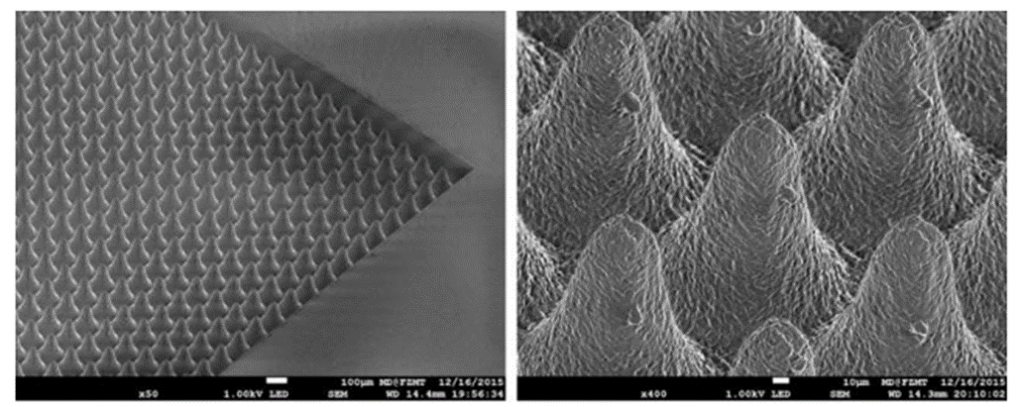
Recent paper from the Center for Physical Sciences and Technology in Vilnius Lithuania shows a novel system for large area surface micro structuring using femtosecond laser. The system uses a diffractive optical element (DOE) to split a 515nm, 300fs laser beam into an 8×8 array of beams thus increasing coverage and throughput. Using this system, super hydrophobic property was obtained in stainless steel.
The researchers used Ophir’s F150(200)A-CM-16 sensor specially designed for USP lasers, to measure the power of the laser before the DOE and monitor the energy dose delivered to the surface. It was found that the texture of the surface was greatly dependent of the laser fluence, with an optimal value resulting in maximal surface hydrophobicity.

References:
[1] Simonas Indrisiunas, Evaldas Svirplys and Minfaugas Gedvilas, “Large-Area Fabrication of LIPSS for Wetting Control Using Multi-Parallel Femtosecond Laser Processing”, MDPI Materials, 2022.
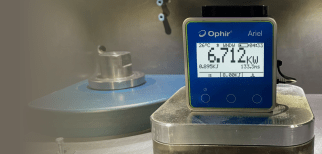
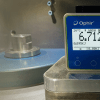
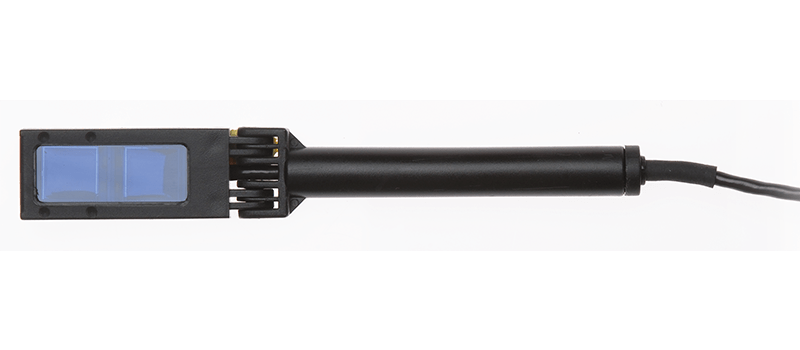
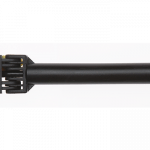
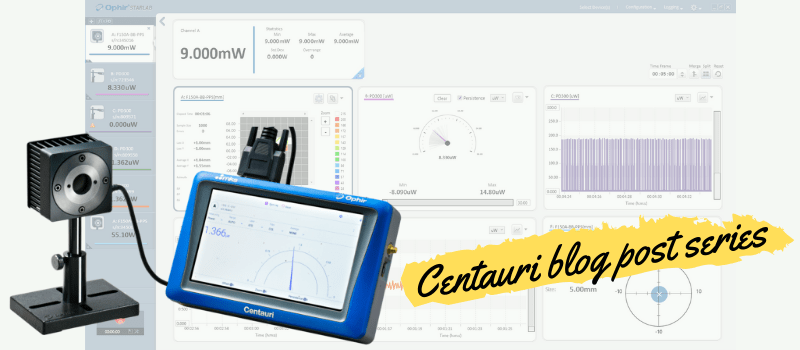
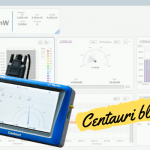
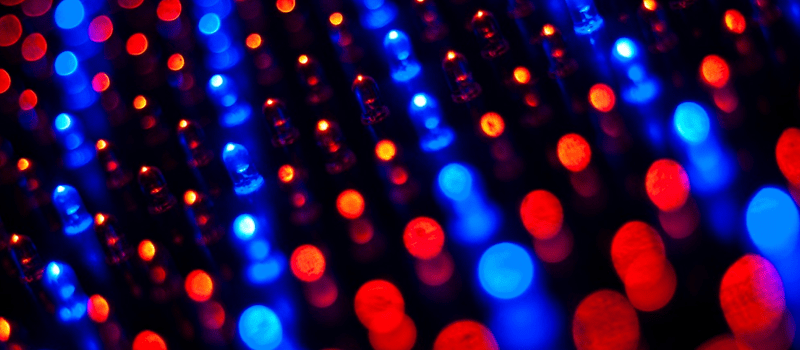
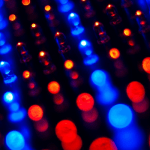

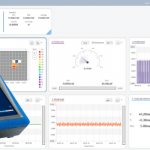
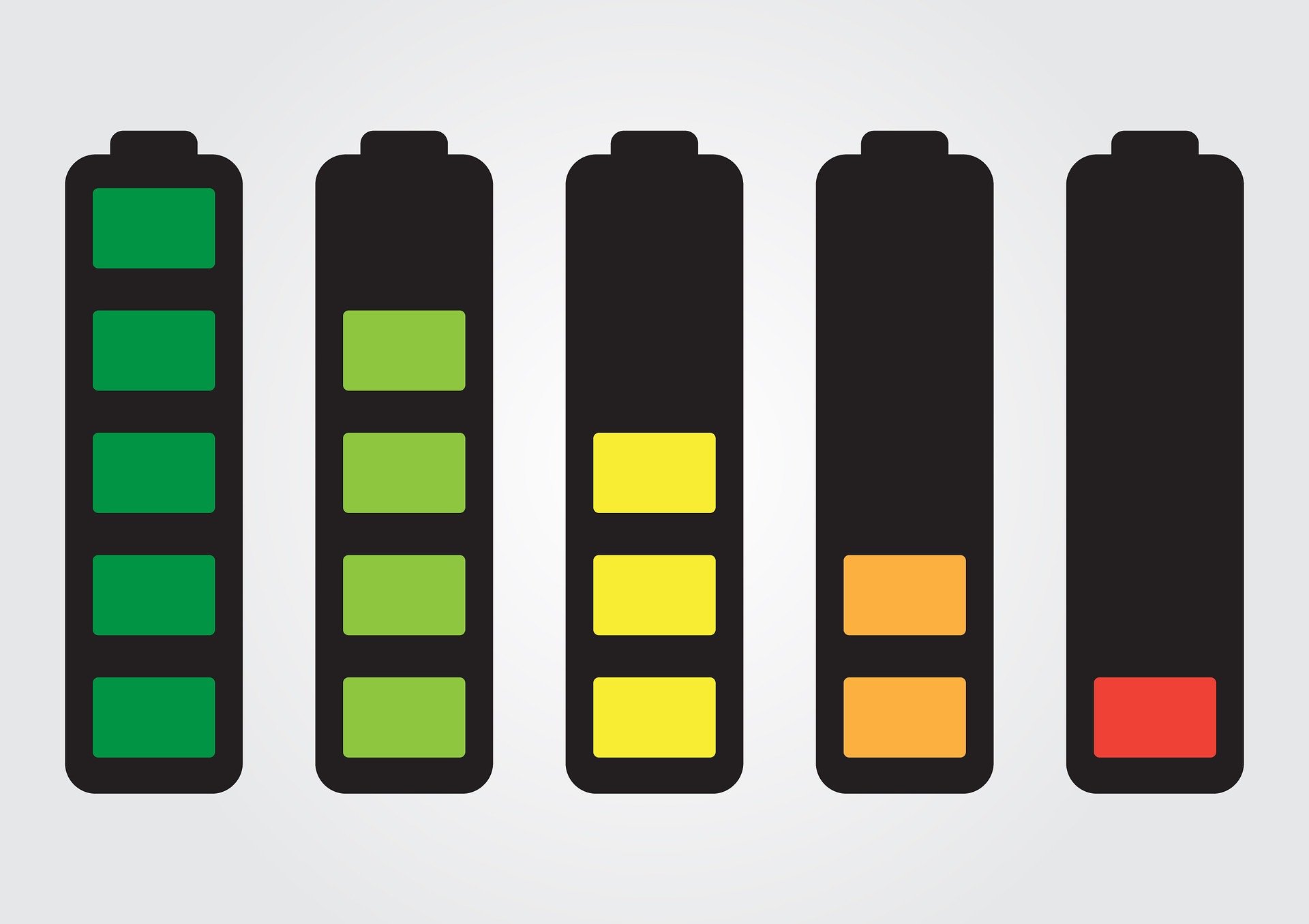
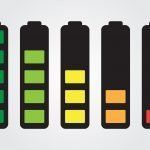
Leave a Reply
Your email address will not be published. Required fields are marked *